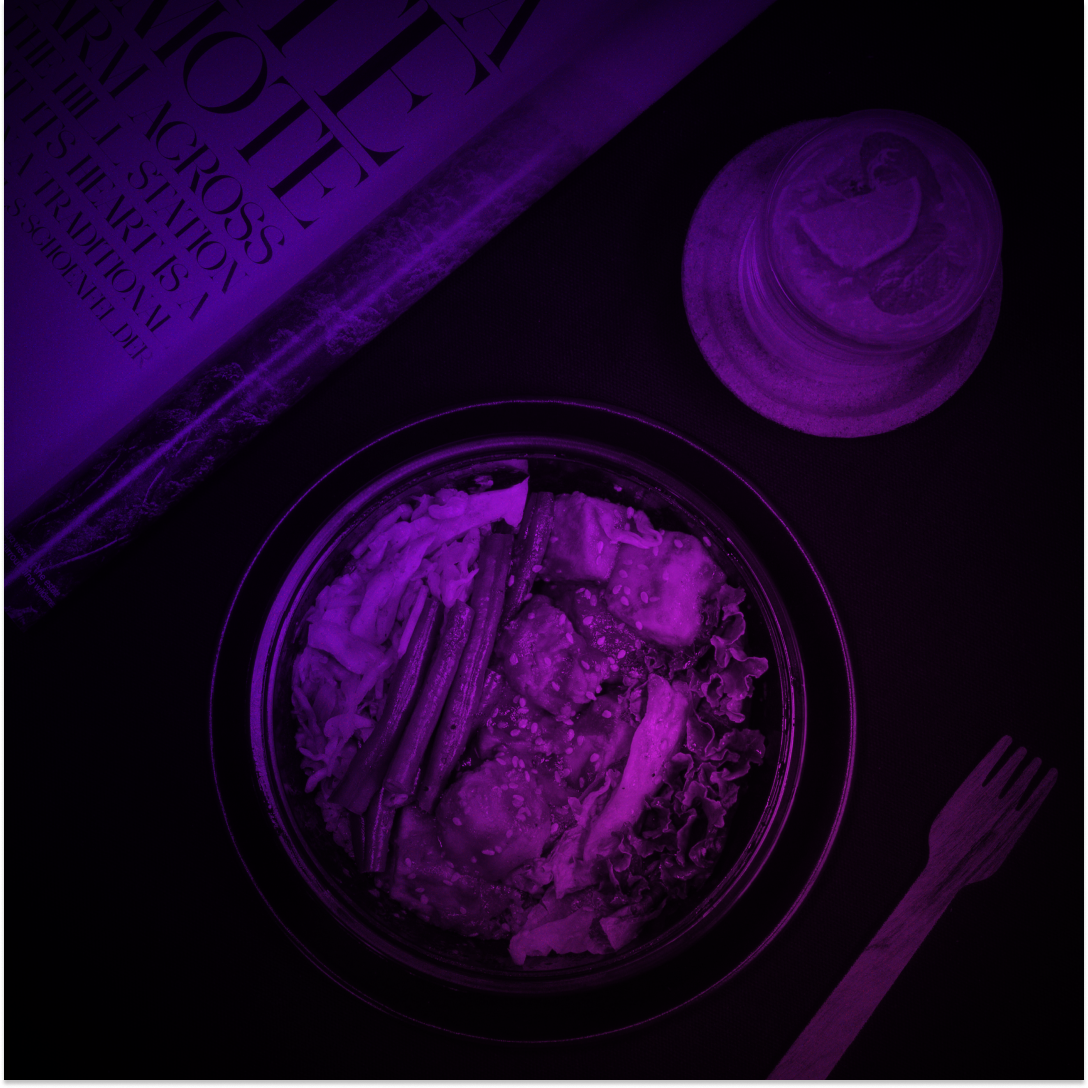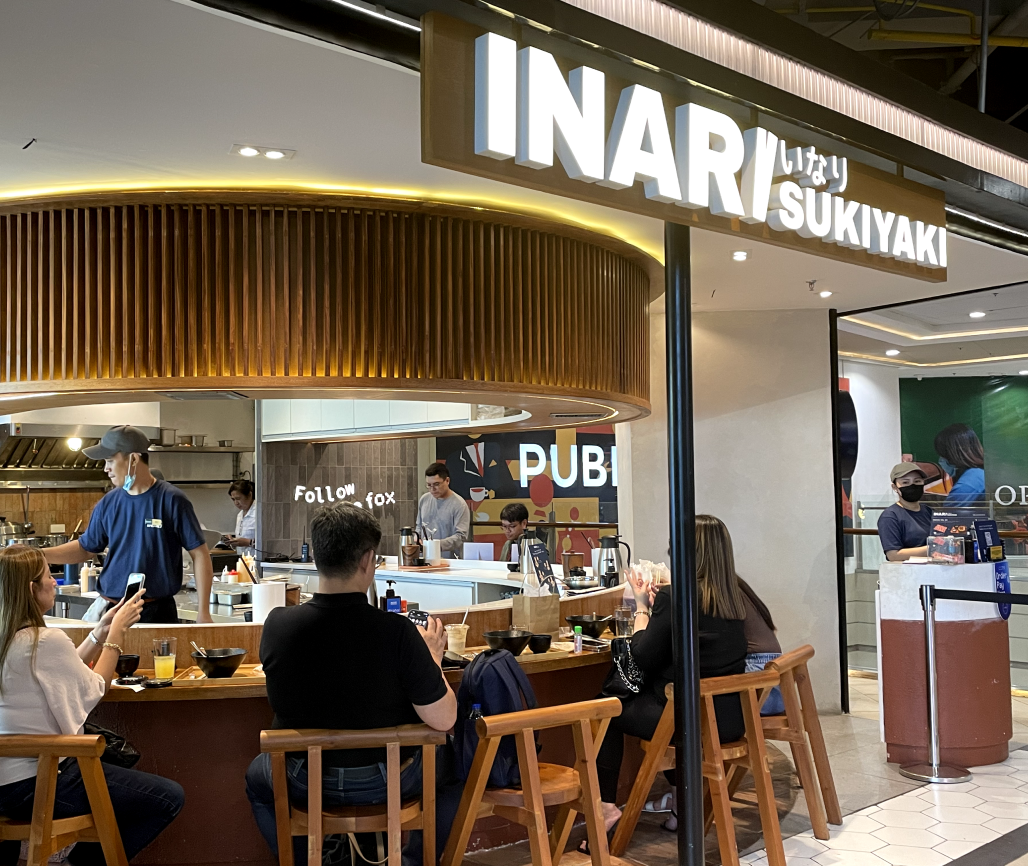One thing everyone has — is an opinion.
In today’s digital world that is true nowhere near as much as it is for restaurants, where customers have countless avenues to shower compliments or raise complaints.
From Yelp to Facebook, and inside the multitude of delivery apps like Uber Eats and FoodPanda, customers can speak their mind. Because the delivery experience is so impersonal, it is also easier for customers to leave bad reviews, regardless of who actually caused the problem — the restaurant? The courier?
With a slew of positive reviews, these ratings attract new customers and generate free publicity for you; but the reverse is also true —- bad reviews keep customers away.
However, restaurants, just like individuals, are never immune to criticism and instead need to learn how and why bad ratings and reviews can actually help customer retention.
ReviewTrackers discovered that patrons are 44.6% more likely to visit or order from a business that responds professionally to negative reviews — and additionally found that restaurants are 2x more likely to retain customers that had a bad experience by offering them a discount on their next order.
In this guide, we’ll break down the best tips and tricks to make the most of these bad experiences.
- Understanding the effect of bad reviews on delivery apps
- Why ignoring them is bad for business
- The basics of bad reviews
- How to respond professionally
- How to avoid them to begin with
Understanding the Effect of Bad Reviews on Delivery Apps
Once premium, delivery has accelerated onto the mainstream thanks to a range of delivery apps — enabling restaurants to sell their products inside massive digital marketplaces. While the choice is good for consumers, albeit overwhelming at times, more and more consumers are becoming particular about what they eat.
Given the natural price increases as a result of delivery, there is nothing worse than paying out of pocket to receive a sub-par product. As a result, consumers are becoming savvy to the idea of checking ratings and reviews — in addition to social media — to get a sense of who they’re ordering from.
In the case of “ghost kitchens” — delivery-only restaurants without storefronts — these ratings and reviews, in addition to social media presence, becomes even more important. A recent study inside a Harvard Business School report stated that a 1-star increase in the restaurant rating could equate with an almost 9% increase in revenue.
So next time you’re thinking about ratings and reviews, remember they can radically impact how much money you’re taking home at the end of the day.
Why Ignoring Reviews Is Bad for Business
The nature of delivery means that you’re competing with a higher number of restaurants in a fixed radius for customer attention. The delivery apps know this, and the way they cultivate that attention is by ranking your restaurant on the home screen. Aside from a range of other factors, one of the critical inputs to determining your rank is your average rating. This means that a string of bad ratings and reviews not only will push you further down the app and away from customers, but may result with your restaurant delisted altogether.
Instead, take the opportunity to address bad reviews — and work with the customer to define the actual issue. In many cases, customers mistake the restaurant for the driver rating — and in those cases, a quick reply can save embarrassment and heartache. For more public channels, like social media, always take the opportunity to respond publicly and demonstrate how and why things are changing so customers offer you another chance.
The Basics of Bad Reviews
While tempting to take these comments personally, and respond with equal criticism — it is always better to use the experience to learn something new about the business you’ve built, and where it can be improved.
These top tips will help guide your response;
- [DO] Take the feedback and see where you or the team can learn from it
- Using the bad review to understand a customer painpoint is an essential part of the feedback loop in any business. Maybe you need to change a menu item that isn’t delivery-friendly, or add in extra utensils for large orders … everything is a lesson.
- [DO] Craft a thoughtful, spell-checked reply
- We recommend using tools like Grammarly to help you write clean, clear, and concise responses that communicate to the customer you’ve heard their complaint. Always be professional — even if they are not
- [DO] Offer a next-order promotion where applicable
- In many delivery apps, there is the ability to offer a small promotion on their next order, which on average results in ~25% conversion to another order; you always need to try and win them back!
How to Respond Professionally
Creating consistency — not only in your food and experience — but with your responses is key to customer satisfaction. We recommend this helpful acronym, THANK to get across everything you need.
- T hank the customer for their business, time and review
- H elp highlight the main issue(s) they raised, playing it back to them
- A cknowledge what you and the team are doing to address this issue
- N ever end on a bad note; instead offer promotion for them to try you again
- K now that you can learn from this experience and take it back to the team
Below we’ve included an example of a customer review, and the response from Uber Eats;
“Ordered their chicken burger and felt that the breading was a little burned, aside from the fact it was also 10 minutes late — other than that, not too bad.”
“Hi, XX
Thanks so much for choosing Fantastic Fried Chicken, we are a small business just starting out and really appreciate you taking the time to provide feedback. We are sorry to hear that the food didn’t live up to your standards, and I am personally working with the team to adjust the breading mix and the fryer temperature to prevent this in the future. We take your feedback seriously — and if you’re open to discussing further please call (XXX) XXX XXX XXX so we can ensure that you’re heard.Given you’ve provided valued feedback, we’d like to do the same by offering you $5 off your next delivery order with us.
Thanks,
FFC”
Avoiding Bad Reviews
While you aren’t going to be able to dodge them all — many bad reviews are actually reflections of the standard operating procedures in your establishment. Work with the staff to cover gaps, and if you start noticing a trend emerge, nip it in the bud. Remember, running a restaurant is rewarding, but relentless; you and the team need to stay on your toes at all times just to manage channels like delivery.
On that note, we recommend our product klikit — for doing exactly that. Want to centralize all your orders in a single device? Never miss another order or make costly manual errors? Access trends, insights and analysis to inform your menus and staff? Look no further, we’re the one-stop software solution for F&B.







